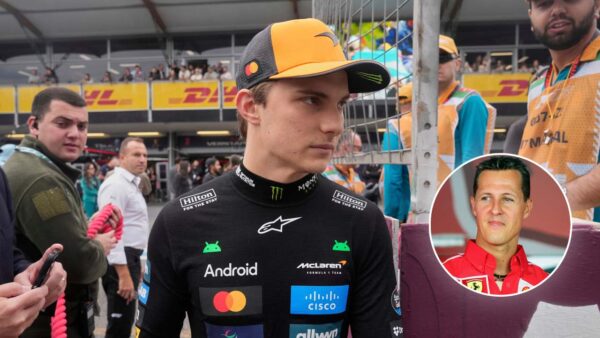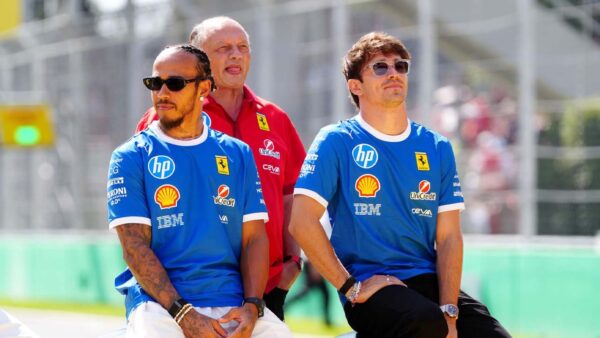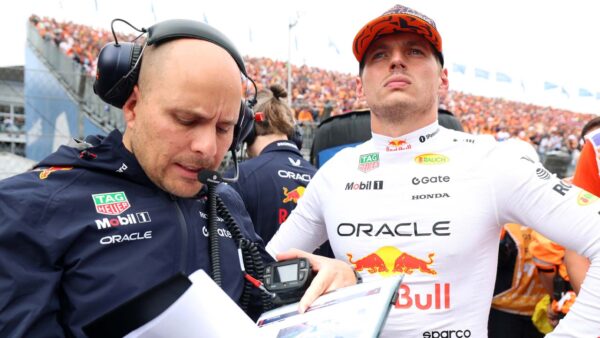FIA technical director Nikolas Tombazis takes a deep dive into Formula 1’s 2022 changes and future

Nikolas Tombazis
🔍 Explore this post with:
2022 has come with a great number of changes for Formula 1. The return of ground effect technology meant the cars had a new feature of ‘porpoising’ and ‘bouncing’ which obviously is not very comfortable, and has resulted in a huge amount of controversy. However, the racing has improved as well.
The cars are definitely able to follow each other more closely now, and this has given shape to some exciting battles, such as in Silverstone this year, when Charles Leclerc, Sergio Perez, and Lewis Hamilton went toe to toe fighting for second place while Carlos Sainz raced away into the distance. The closer racing is a result of the less dirty air produced by the cars, and cars are able to follow each other more closely as a result without being disrupted.
Recently, formulapassion.it interviewed Nikolas Tombazis, the technical director of the FIA’s single-seater division. Tombazis had previously worked as Chief Designer at Ferrari from 2006-2014 and as Chief Aerodynamicist at Manor till 2017. In the interview, they discussed a variety of concepts, including the potential of the cars and the plank flexibility (Flexi-floor) issue.
Tombazis expects the cars to gain 5 seconds over three years

Back in 2017, when Liberty Media had just taken over, the process had begun, with a focus especially on the aerodynamics and tires, Nikolas Tombazis said: “We had highlighted that there were difficulties in close fights and that part of this problem was aerodynamics, while another was the tires.”
He further elaborated: “We highlighted the most problematic aerodynamic aspects, then we started a series of simulations and evolutions in the two-year period 2018-2019 that gradually led to the solutions that we believe work best.” eventually deciding on a concept that ‘brought the rear trail up and held the trail of the front wheels tight, keeping it closer to the car body, so that it was then deflected up‘
When asked about the potential of these cars, Tombazis said: “They still have ample room for development.” adding that within this regulatory cycle: “So I expect about five seconds in total over three to four years. However, I must say that the absolute level of performance is not important to us. I expect a gain of a couple of seconds in the first year and then a second in the following years.”
He added that ‘plank flexibility’ is much more of an issue this year than it was before, as the machines touch the ground a lot more, and that what they are trying to do is standardize and homogenize this component so it is fairer for each team, and one aspect of this is forcing the teams to ‘stay under a particular limit’ of these impacts.
And as for 2026 and the power unit and aerodynamic regulations for then, he said: “The power unit regulations go hand in hand with the rest of the car from a performance development point of view. The engine regulations in the future will need certain aerodynamic characteristics to have a complete package.”
He concluded by saying that the detailed features of the power unit regulations will be finalized soon, but that they are still working on the aerodynamic regulations and it will take a couple of years. The initial simulations of the car’s behaviour have already been done.
Also Read: FIA drop hints on tweaks in the engine regulations for Formula 1 2026
Also Read: “We rely on their decision,” FIA President makes bold statement regarding drivers’ contract chaos
Do follow us on: Google News | Facebook | Instagram | Twitter







